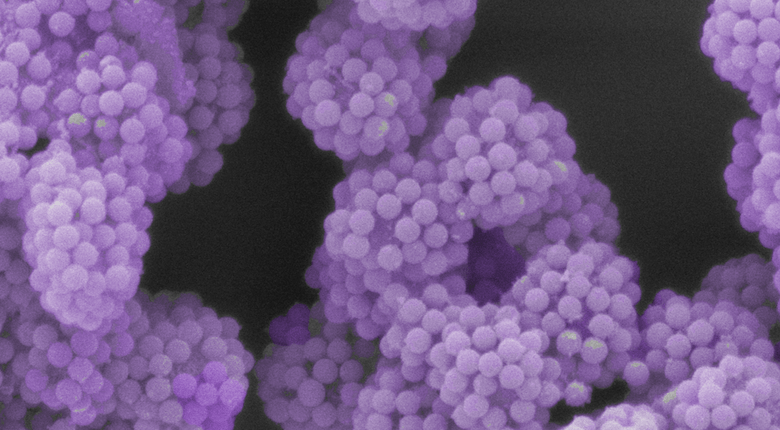Oct 12 2016
 Tiny particles transformed into “LEGO- like” modular building blocks (Credit: University of Melbourne)
Tiny particles transformed into “LEGO- like” modular building blocks (Credit: University of Melbourne)
A nanoscale engineering technique that can transform small particles into “LEGO-like” modular building blocks has been developed by scientists. The research work, which was headed by the University of Melbourne promises to be useful in nano- and micro-scale applications such as chemical sensing, energy storage and drug delivery.
A paper detailing the research has been published in the journal Nature Nanotechnology, on October 11, 2016.
Professor and ARC Australian Laureate Fellow, Department of Chemical and Biomolecular Engineering, Frank Caruso has stated that the scientists nanoengineered building blocks in order to modify the improvement of advanced material.
Nano-objects are difficult to manipulate, as they’re too tiny to see directly by eye, far too small to hold, and often have incompatible surfaces for assembling into ordered structures. Assembling LEGO bricks into complex shapes is relatively easy, as LEGO studs ensure the blocks stick together wherever you want. So we used a similar strategy as a basis for assembling nano-objects into complex architectures by first coating them with a universally adhesive material (a polyphenol) so that they resemble the studs on LEGO bricks. This allows for a range of nano-objects to stick together around a template, where the template determines the final shape of the assembled structure.
Professor Frank Caruso, University of Melbourne
This approach can be used to assemble several materials. This simple, modular method has been verified with 15 representative materials to create different shapes, sizes, functionalities and compositions.
The various compositions include metal oxide wires and particles, polymeric particles, coordination polymer nanocubes, nanowires and nanosheets, biologicals and polymeric particles.
The building blocks can be employed in the construction of 3D superstructures such as hollow, hierarchically organized supraparticles, macroscopic hybrid materials and core–satellite.
Many previous methods have been limited by particle-specific assembly. However, this new polyphenol-based particle approach can be adapted to different functions and allows different building blocks to be assembled into super-structures.
Professor Frank Caruso, University of Melbourne
The superstructuring process for interlocking and assembling the building blocks with multiple anchor points is provided by the “studs” found in the LEGO-like structures, and termed as C/G studs from the polyphenols.
The C/G studs in the building block-like nanoparticles can further interlock the structures by interacting with a secondary substrate and/or operating with metal ions.
This offers a platform for the fast development of superstructured assemblies with improved structural flexibility and chemical diversity across a broad range of length scales from nano- to centimeters.